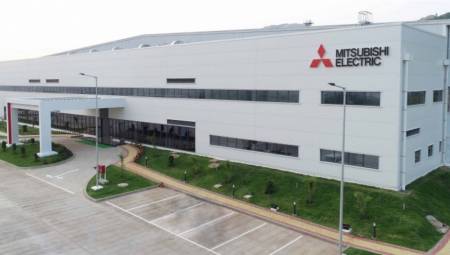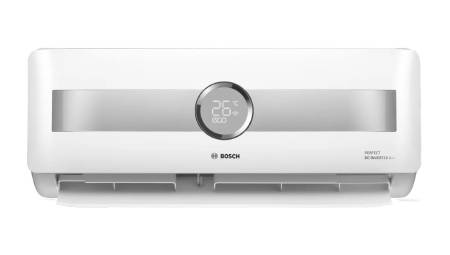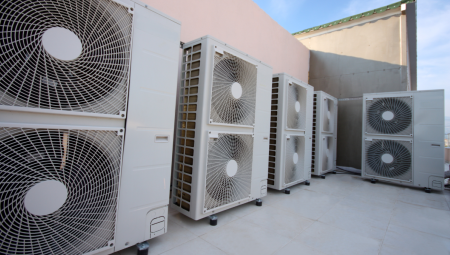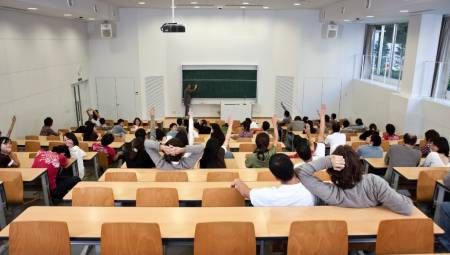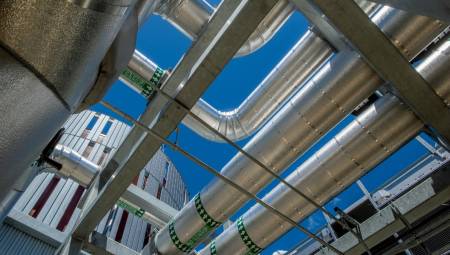
Dehumidification in swimming pools, a step towards comfort
55 and 65 percent is the proper range of humidity that should prevail in an enclosed pool
Internal pools require an accumulation of air conditioning needs, which currently demand study and solution to increase their performance and provide adequate comfort to the user
An indoor pool is an extraordinary recreational environment, but the evaporation that occurs on the surface of the water presents real problems for the structure of the building, since prolonged exposure to high humidity causes rapid deterioration of walls, decorative finishes and ceilings.
Therefore, particular attention must be paid when choosing the materials and techniques used during the construction and installation of the dehumidifier to keep under control the excess moisture present in the air and achieve the comfort of bathers.
To achieve a better understanding of the subject, it should be clarified that in an indoor pool evaporation depends on different parameters:
• The surface of the pool
• Water temperature
• Air temperature
• The percentage of hygrometry
• The movements of the water in the pool (number of bathers, overflow, swimming against the current)
On the other hand, it is also good to know what the air conditioning needs of an enclosure like this are:
• Dehumidification needs in ambient air as a result of water evaporation
• Needs to maintain the water temperature of the pool glass
• Needs to maintain the temperature in the space that, in this case, are those of any place that must be air-conditioned; hence, its calculation is identical to that of this type of air conditioning systems
Solutions to eradicate such problems at the root and comply with the requirements as much as possible:
• Ambient dehumidifiers
• Monoblock equipment used in small pools or spas
 • The built-in dehumidifiers (the most important), which must be installed in a technical room adjacent to the pool space, embedded in the walls (only the air inlet and outlet grids are displayed from the pool. This simple solution allows the installation of the dehumidifier outside the regulatory safety perimeter -2 meters minimum-, with visual and sound discretion, granting maximum efficiency for swimming pools up to 40 square meters)
• The built-in dehumidifiers (the most important), which must be installed in a technical room adjacent to the pool space, embedded in the walls (only the air inlet and outlet grids are displayed from the pool. This simple solution allows the installation of the dehumidifier outside the regulatory safety perimeter -2 meters minimum-, with visual and sound discretion, granting maximum efficiency for swimming pools up to 40 square meters)
It should be clarified that if the pool space has a large glass surface, the above will not be applicable. In such cases, the most pertinent thing is to opt for the system of dehumidification with ducts.
 Dehumidifiers with ducts: their starting point is a so-called "central" device, whose principle is to discharge hot and dry air to all the windows. This solution is the most effective to fight against condensation phenomena. A ducted dehumidifier is the only solution to effectively treat condensation on the glass walls because it allows the discharge grids to be placed along the windows.
Dehumidifiers with ducts: their starting point is a so-called "central" device, whose principle is to discharge hot and dry air to all the windows. This solution is the most effective to fight against condensation phenomena. A ducted dehumidifier is the only solution to effectively treat condensation on the glass walls because it allows the discharge grids to be placed along the windows.
It is the same principle that acts inside a car, where hot air is expelled by the grilles that are under the windshield to eliminate steam. The grids of the dehumidifiers are only visible in the pool room, because the device is installed in the technical room located in the vicinity. The plants are presented in the form of vertical monoblock cabinets and produce an important air flow adapted to large volumes, ideal for buildings of considerable size (thalassotherapy establishments, hotels and more).
Recommendations for the user
To limit the phenomenon of evaporation, it is necessary to install a thermal tarp in the pool. Such an implement is intended to allow energy savings for water heating, air heating and dehumidification.
The ideal hygrometry should remain between 60 and 70 percent, since, according to specialists, below 60 percent dry air would cause a hostile environment for users when leaving the water; above 70 percent the air saturated with water would cause an inadequate atmosphere and favor the proliferation of mold.
It could be said that one of the great advantages of heating indoor pools using this type of system is the considerable energy savings they provide, in addition to simplifying the installation of dehumidifiers, which ensures the required comfort conditions, regardless of the circumstances that prevail outside.
Important facts
The largest indoor pool in the world measures 300 meters in length and 100 meters in width, and is located in Miyaki, Japan. It is known as "Ocean Dome". The temperature inside the pavilion is maintained at 30 degrees Celsius and the ceiling is blue. The entrance to this enclosure costs about 10 thousand yen.




